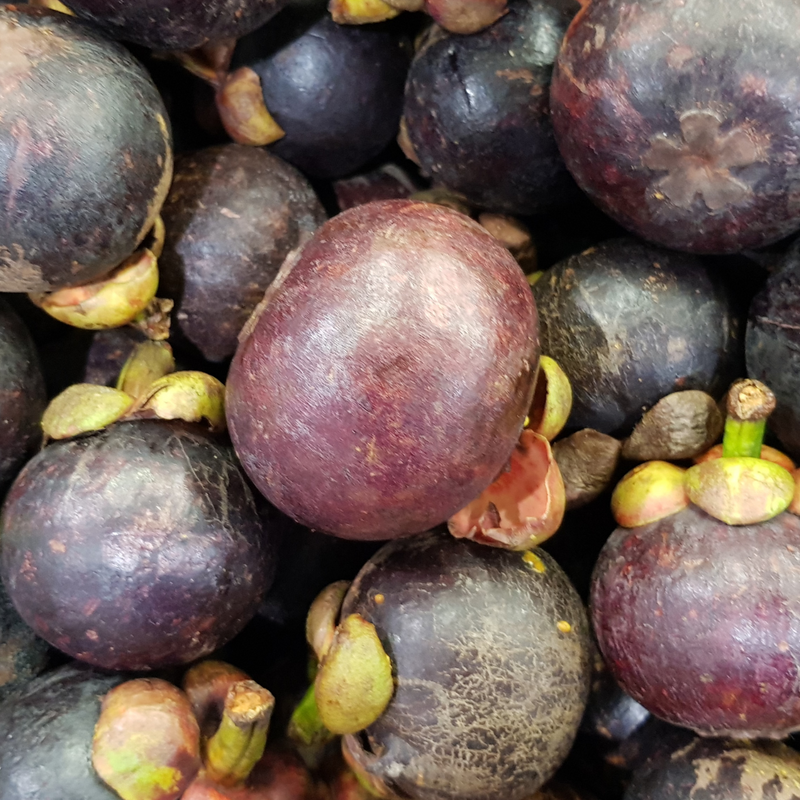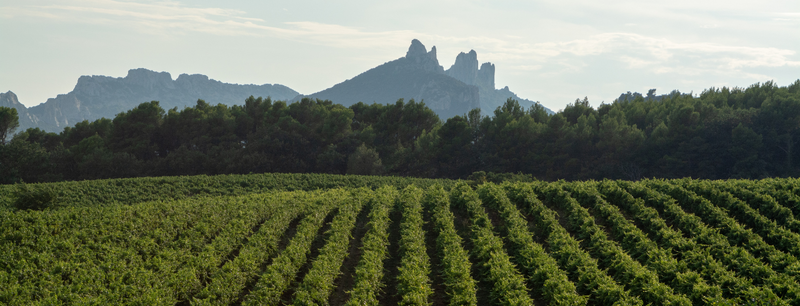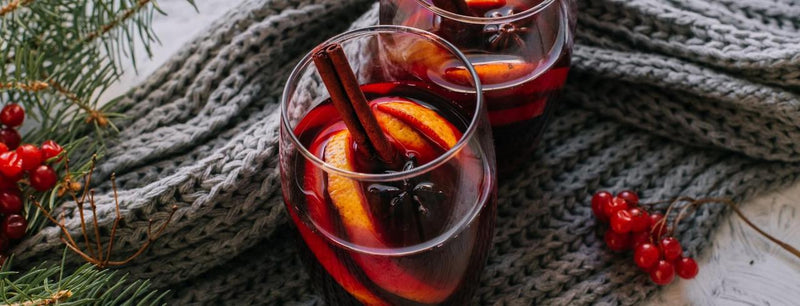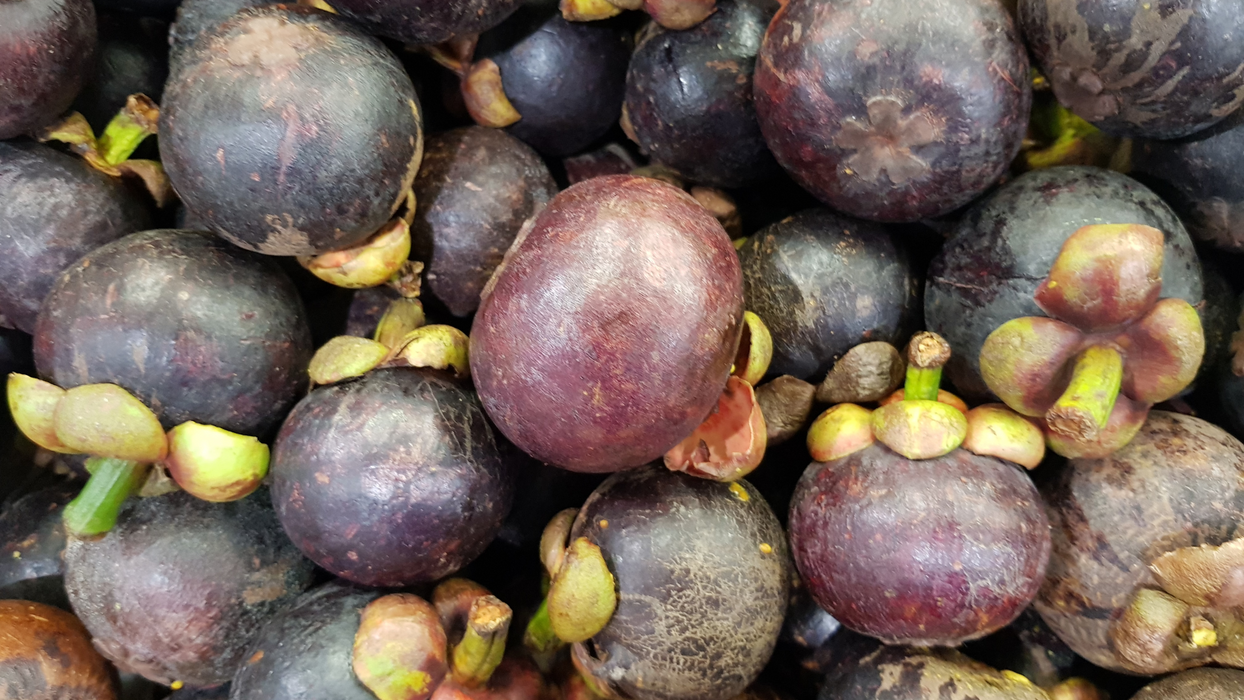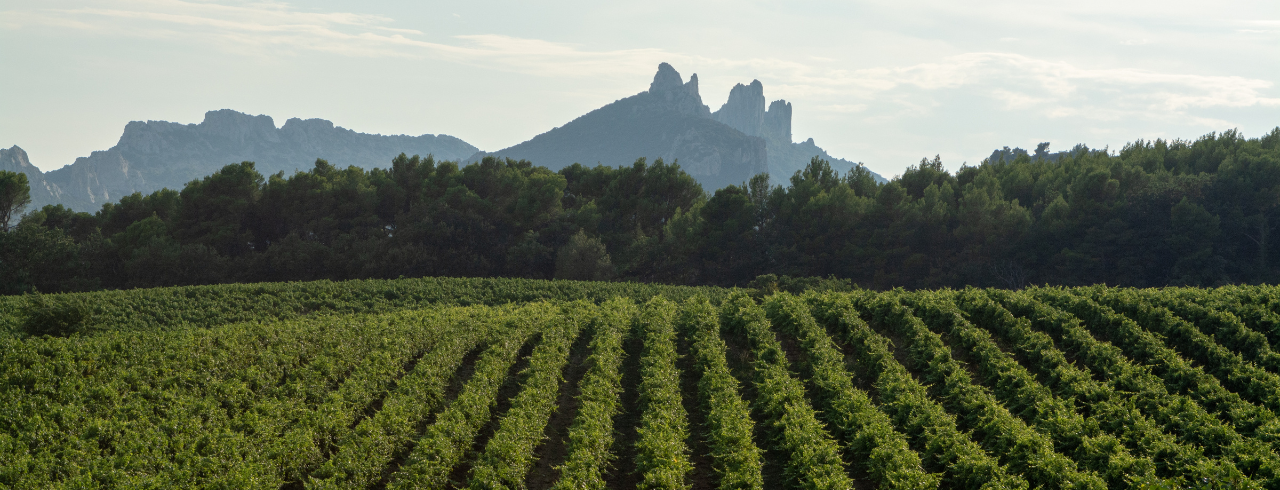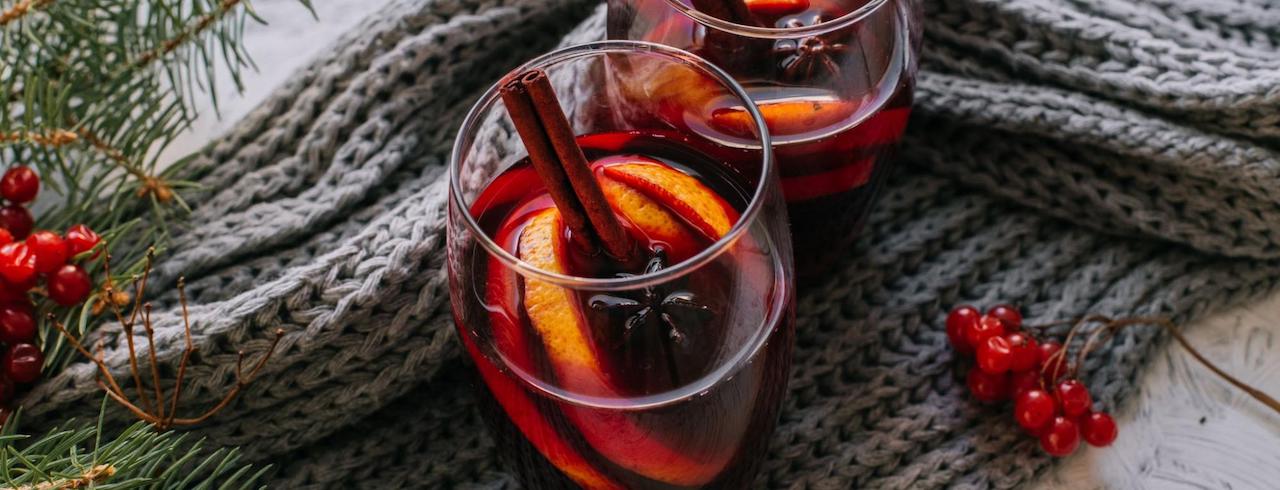
A Complete Guide To Ice Wine
Who decided that a refined, sophisticated wine can’t also be incredibly sweet and juicy? If you need convincing, then seek out a glass of the natural wonder that is ice wine.
This decadent form of dessert wine is one of the most difficult types of wine to produce and one of the most sought-after vinos in Central Europe and Canada.
Let’s dive in to discover everything there is to know about this naturally sweet dessert wine as it rapidly gains popularity all across the globe.
The History Of Ice Wine
The tale of ice wine begins in a frigid winter in Franken, Germany in 1794. After a sub-par growing season, the soil was hard and tough and grapes were naturally frozen on the vine. Many grapes failed to survive the tundra-like conditions and local winemakers feared the worst.
Upon picking the few that survived, winemakers tasted the grapes to judge if they had any hope of a successful season. To their amazement, the frozen grapes tasted incredible!
Each bite burst forward with sweetness and natural flavor, jam-packed with sugars. When they pressed the grapes and fermented the juice, each glass of wine tasted even better!
The next year, winemakers intentionally cultivated vineyards in the coldest regions of the country, seeking to replicate their accidental triumph. Over the next few decades, the practice of eiswein (ice wine) took root in German viniculture.
Ice wine remained a mostly European practice for most of its history. Finally, the tides are beginning to turn as New World winemakers adopt the practice in higher altitude vineyards, seeking to create the best dessert-focused white and red wines possible.
The Climate Required For Ice Wine
Only a select few northern latitudes can sustain the harsh conditions required to make true ice wine. The most popular ice wine regions are Germany, Austria, Canada, and the US.
In these regions, the term “ice wine” is protected. Winemakers can only earn that label if the grapes are truly frozen during processing.
Otherwise, a regular dessert wine may be labeled “iced wine.” While these can certainly still taste delicious, they’re not authentic iced wine in the historic sense.
Nearly 75% of Canadian ice wine originates from Ontario on the borders of the Great Lakes. The temperate climate due to the lake breezes allows the grapes to develop properly just before the big freeze.
In the United States, there are a limited number of regions that can produce natural ice wine in Pennsylvania, Michigan, and New York.
How To Make Ice Wine
There’s no secret to making mouthwatering ice wine. You’ll need cold temperatures (around 20°F or -7° C), robust protection practices, and a bit of luck.
At these frigid levels, grapes are frozen-solid when plucked off the vine. Indeed, ancient ice winemakers broke many of their family heirloom grape presses as they struggled to juice these rock-solid grapes down into a liquid.
Fortunately, as technology progressed, so did the success rates. Winemakers only extract about 1/5 of the juice to make their ice wine. The juice is so riddled with sugar content that simple fermentation can take up to 6 months!
After the fermentation process is complete, ice wine typically contains a low alcohol content of around 10% ABV. The real kicker is in the sugar content, with sweetness levels around 200 g/L of residual sugar. That’s double the sweetness of a sugary soda!
Ice wine harvests are most common at night due to the lower temperatures. The colder the grape, the sweeter the juice. However, if the temperature drops too low, it’s very difficult for winemakers will find it difficult to extract any juice.
In this way, ice wine harvesting is a bit like walking a tightrope.
Many ice winemakers still harvest their grapes by hand. The vineyards often call on friends and local volunteers for the harvest, fostering team building and bringing customers an even closer connection to the product.
After harvesting, winemakers transport the grapes to the winery as soon as possible. Some wineries even place their pressers outdoors to minimize any potential thawing.
The process is slow, with the average grape pressed four or five times. This laborious process is why ice wine often costs substantially more than a similar dessert wine. There are many points of potential failure, and winemakers must remain extra diligent to put out the best ice wine possible.
Grapes Used To Make Ice Wine
There aren’t many grapes that grow well in cold climates like those required for ice wine. Here’s a brief list of some of the top varietals you’ll find on an ice wine specialized vineyard:
- Vidal Blanc
- Chenin Blanc
- Riesling
- Gewürztraminer
- Merlot
- Cabernet Franc
In the birthplace of ice wine, Germany, the most popular grape variety for ice wine is Riesling. While it has incredible aging potential, Riesling is relatively fragile when compared to other ice wine varieties.
In the most popular ice wine region in the New World, Canada, the most widely grown varietal is a hybrid grape known as Vidal Blanc. This grape is a mix between Ugni Blanc and Seibel, giving it a thick skin perfect for ice wine production.
Our Favorite Ice Wine Pairings
Ice wine’s natural sweetness and vibrant fruit flavors make it a natural partner for richer, less-sweet dessert options.
Think moist vanilla pound cake, a savory cheesecake, or white chocolate mousse.
You can also seek out fruit-based desserts with pleasant, bitter acidity like tropical fruit salad or a granny smith apple tart. Ice wine also strikes a pleasing contrast to intense blue cheeses, cutting away at the fat and accentuating the powerful moldy flavors.
Just remember as you’re serving to use dessert wine glasses with a smaller bowl and narrower opening to minimize oxidation and bring those naturally sweet vapors directly to your nose.
Aging Ice Wine
Ice wine isn’t particularly known for its aging potential, though it can gain desirable qualities with time.
The exceptional ice wine varietals for aging are German-based grapes like Riesling and Grüner Veltliner.
The bright acidity you’ll find in a young ice wine tempers away over the years, transforming to a rich, molasses mouthfeel. Aged ice wine can bring out the best in sharper, acidic dessert options like lemon cake and tangerine sorbet.
Enjoy Top Ice Wine Brands With Wine Insiders
Dessert wine has been relegated to the shadows for too long.
As this large umbrella of vinos is rapidly gaining popularity, now is the perfect time to indulge in the sweeter side of refined, sophisticated wine.
There’s no greater example of what dessert wine can bring to the table than ice wine. This incredibly complex wine is the perfect sweet treat and makes an exceptional partner to many rich, savory dessert dishes.
If you were wondering where to buy ice wine, simply browse our expansive catalog of naturally sweet wines from those cultivated in Germany and Austria to those hailing from the New World.
If you need an extra nudge, use our discount code WINE30 to receive 30% off your order at checkout!
As you wait for your order to arrive, read through our blog to learn whether you should put an ice cube in your warm glass of wine and how climate impacts every aspect of your favorite bottle of vino.
